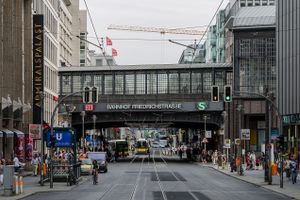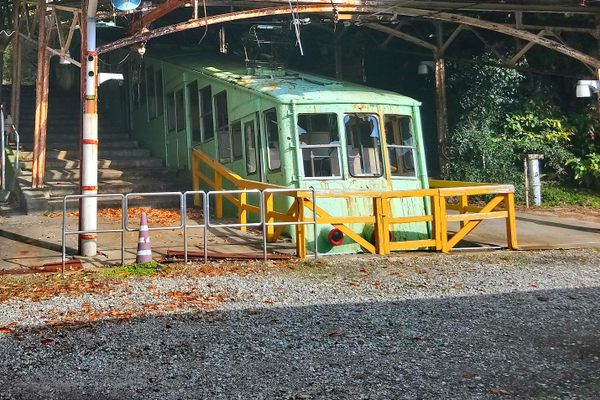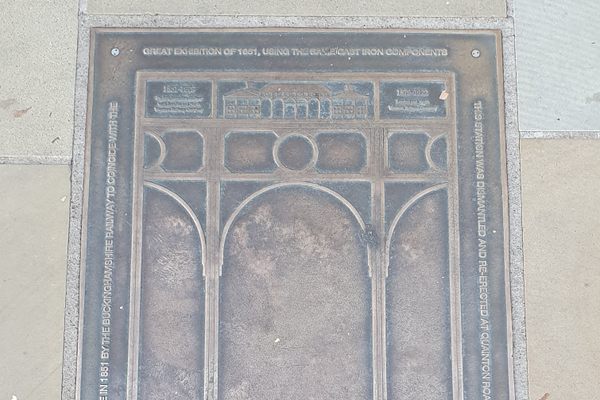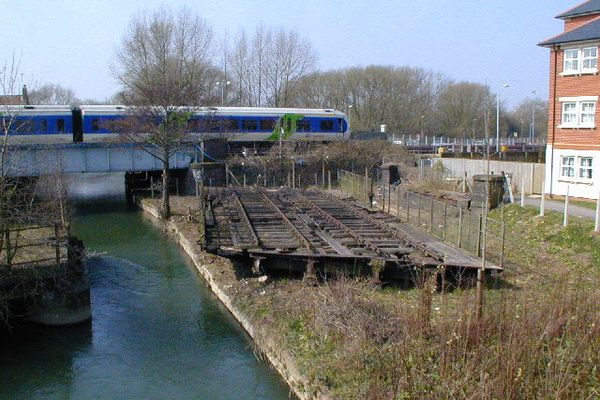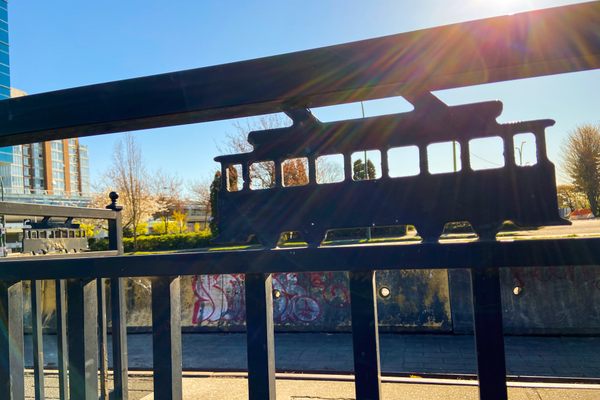About
The Stadtbahn is the busiest section of Berlin's S-Bahn, a rapid transit system that covers much of the city. First planned in 1871, the Stadtbahn opened in 1882 and was modernized between 1922 and 1932 to accommodate increasingly heavier trains.
Although much was destroyed by Allied bombs, the Stadtbahn viaduct along Georgenstraße escaped relatively unscathed. Battle scars are still visible on the eastern approaches to Friedrichstraße station, an area left under Soviet control after the war. These scars were left because of a lack of funds to make repairs, but also as a warning to the local population of the follies of Nazism.
The most intense damage is situated around doorways or windows, many now sealed with concrete, where German fighters, many in their teens, would've positioned themselves in a futile effort to halt the Russian onslaught.
Despite further upgrading of the viaduct since the fall of the Berlin Wall, the damage remains without much effort to conceal it. The area is now full of restaurants and bars, the patrons of which can't help but notice this terrifying reminder of the final battle for the city.
Related Tags
Know Before You Go
The damage can be seen by walking from Friedrichstraße station along Georgenstraße towards the Museuminsel, the site of the Pergamon Museum. Additional damage is visible at the corner of Am Kupfergraben and Dorotheenstraße, as well as in the pillars of the Neues Museum along Bodestraße. Many of these pillars are darkened by flames of the battle.
Published
April 22, 2019

















